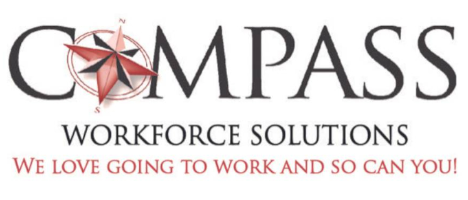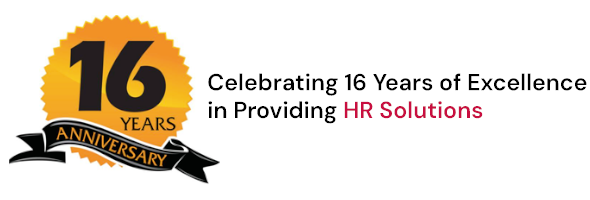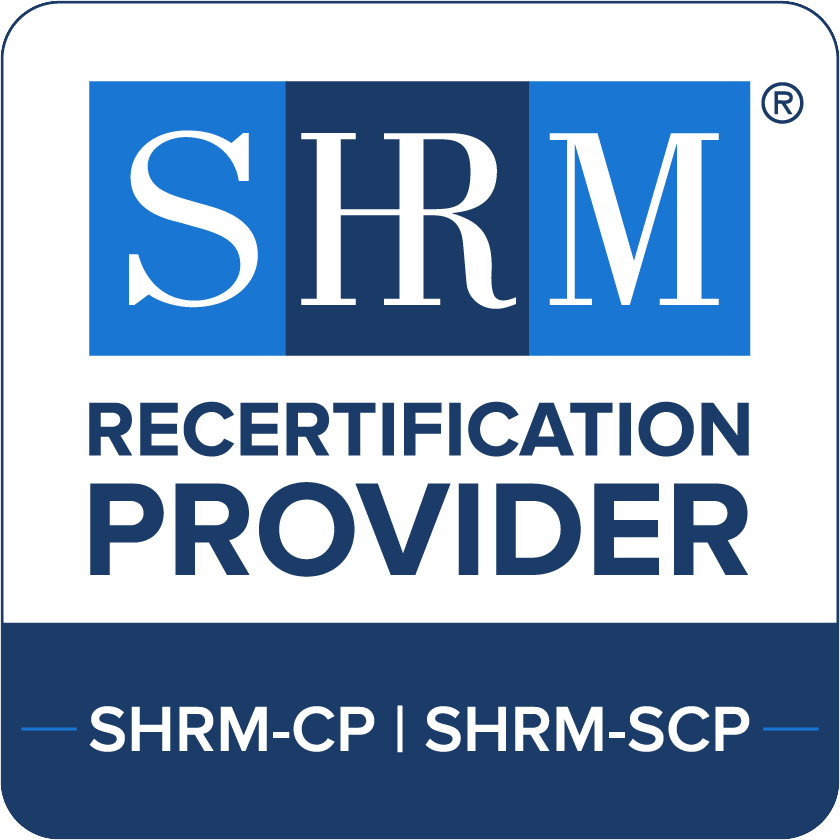Minding the Bias: Common Errors in Candidate Judgement
 As people leaders we all do it. And we want to do it well. And for the most part we do … minus those moments when the insidious little biases lurking beneath the surface hijack our objective decision-making process. We can avoid those common candidate judgment errors.
As people leaders we all do it. And we want to do it well. And for the most part we do … minus those moments when the insidious little biases lurking beneath the surface hijack our objective decision-making process. We can avoid those common candidate judgment errors.
Job interviews are a crucial step in the hiring process. They allow us to assess candidates’ skills, qualifications, and cultural fit. They serve as a gateway for the right individuals to join our teams and deliver value to our business. Few of us would argue that, to make good hiring decisions, we need to have in place sound selection processes that are designed to objectively evaluate candidates relative to the requirements of a job. However, despite our best intentions, underneath our seemingly objective evaluations there often lies the danger of interviewer bias that cause candidate judgment. Gone unchecked, these often-unconscious biases can significantly impact the outcome of our hiring decisions, leading to less-than-optimal, if not unfair, employment decisions.
And since to be forewarned is to be forearmed, below are some of the more common biases that show up in our candidate evaluations and some ways to mitigate them.
Common Interviewer Biases
-
Affinity Bias
We are all human and, as humans, we have the tendency to gravitate towards other humans who share similar backgrounds, experiences, or interests. While it’s natural to feel more connected to people with whom we have things in common, it can lead to the exclusion of diverse talent and hinder the organization’s ability to foster innovation and creativity. The best way to mitigate this risk is to identify before starting our selection process the objective job-related criteria against which we will evaluate all of our candidates. By sticking to our a priori established evaluation criteria, we will be less apt to allow our personal connections to cloud our judgment.
-
Confirmation Bias
Sometimes we tend to form some early opinions and possible preconceived notions about a candidate based on preliminary and often limited information such as the school they attended or the companies they worked for. Based on our pre-existing beliefs, we then enter the interview seeking information that confirms our initial beliefs. This bias may cloud our candidate judgment and prevent us from thoroughly evaluating a candidate’s true potential. By implementing structured interviews, asking the same questions of all candidates, and rating them against pre-established criteria, we can help bring consistency to the process and minimize our tendency to seek specific information in support of our pre-existing beliefs.
-
Halo (or Horn) Effect
Sometimes we value something so much that the presence or absence of that characteristic or trait in a candidate overshadows all other information collected during the interview. As a result, we rate the candidate high or low in all areas based on a singular trait, such as physical attractiveness, weight, or confidence and “presence.” By remaining vigilant of our first impressions, rating candidates across multiple dimensions and criteria and focusing on the objective and rational analysis of all available facts, we can mitigate the risk of over-relying on a single characteristic or experience when evaluating a candidate.
-
Stereotyping (Affect) Bias
While we want to do the right thing, research has shown time and time again, that even the most enlightened individuals have some preconceived notions based on gender, race, age, or other demographics. Those deeply and often unconsciously held beliefs can creep into our candidate judgments and result in the exclusion of qualified candidates or limit our workplace diversity. By including diverse members in our interviews we allow for multiple perspectives in the evaluation process, diminishing the impact of any one individual’s biases. (This strategy also works well in mitigating affinity bias risks.)
-
Contrast Effect
When we are in the process of interviewing several candidates for a job, we often find ourselves judging them relative to each other rather than on their own merit. As a result, our evaluations tend to get distorted because we focus on candidates’ differences rather than how they presented relative to the pre-established objective criteria necessary for successful performance in the role. Besides being aware of our tendency to compare candidates, rating and comparing individual dimensions or responses to interview questions between and across candidates may help in at least minimizing comparing candidates in their entirety.
Takeaway
We all want to have the right people at the right time in the right seats on our proverbial bus. While we try hard to do all the right things, human cognitive information processing and associated biases sometimes get in the way of getting it right. Recognizing and addressing common pitfalls in candidate evaluations is a critical step in making the right hiring decisions and building a more diverse and inclusive workplace. By designing the right hiring processes and practices, such as structured interviews and diverse interview panels, we may not be able to fully free our minds from biased tendencies and candidate judgment, but we can openly acknowledge and challenge them, and as such, make their impact less powerful.
If you want to discuss your selection and hiring process or explore the benefits of interviewer training, feel free to reach out to us.
To learn more about what it takes to conduct legally defensible and effective interviews, join our upcoming free webinar training. During our December session, our experts will be focusing on strategies to enhance your interview skills and selection processes. Click the button below to register!
https://pi.compasswfs.com/webinar-dec2023-reg











